The UK food sector has come a long way since concerns over the widespread use of critical antibiotics in livestock production first gained national media attention in 2015.
But with reports this week linking Polish-sourced “superbug-infected” chicken to UK supermarket shelves, is the spread of antibiotic-resistant illnesses still a clear threat to consumers?
Back in 2015, we were waking up to a world facing an impending “antibiotic apocalypse” due to the overuse of critical antibiotics in animals and people, and the discovery of the MCR-1 “superbug” gene – which makes common bacteria resistant to last-resort antibiotic colistin.
Soon after MCR-1 was discovered in China, the European Food Safety Authority published a damning report warning antibiotic resistance was on the rise in Europe and posing a “serious threat” to animal and human health.
And by the end of the year, the UK government’s own Independent Review on Antimicrobial Resistance (AMR) claimed the use of antibiotics in agriculture represented a “critical threat” to public health – with the potential these drugs could soon become obsolete and turn common infections into deadly threats.
Research published by campaign group the Alliance to Save our Antibiotics (ASOA) in September 2016 was one of many to link the mass-medication of livestock to AMR – with almost a quarter of chicken meat samples found to contain the ESBL e.coli strain, resistant to the similarly “critically important” modern cephalosporin antibiotic. This was up from just 6% in a similar study during the previous year.
With many more scare stories hitting the headlines on a regular basis around the same period, it soon became incumbent on the meat and poultry sectors to accelerate their work to reduce the reliance on these drugs – leading to a series of initiatives to track and reduce antibiotic usage and even the introduction of ‘antibiotic-free’ labelling on some meat products to meet the demands of increasingly AMR-aware consumers.
Antibiotic use in livestock had reduced 55%
And by November 2022, the government’s Veterinary Medicines Directorate was hailing the fact UK sales of antibiotics for use in livestock had reduced by 55% since 2014 to the “lowest ever” recorded levels.
The UK was “maintaining world-leading effective antibiotic stewardship in livestock, with reductions in farm-level antibiotic use reported by the pig, chicken, duck and trout sectors”, the VMD said. Meanwhile, chief vet Christine Middlemiss celebrated the UK’s sustained progress through “effective disease control measures, good farming practices and robust AMR surveillance”.
But with an investigation by The Bureau of Investigative Journalism (TBIJ), ITV and The Guardian this week claiming a Polish poultry supplier was regularly using these medicines, it’s becoming apparently clear – despite the UK food sector’s best efforts – that our supply chains are only as strong as their weakest link.
The probe claimed Polish business SuperDrob – which sells frozen poultry products to Lidl, Asda and Iceland – was sourcing chicken from farms that regularly used fluoroquinolone antibiotics, another drug classified as “critically important for human health” by the World Health Organization.
Fluoroquinolones are often used to treat serious salmonella infections in humans, yet the report claimed the drug’s use in Poland had soared by over 70% in recent years – despite the introduction of tougher EU regulations.
SuperDrob meat plants and farms were identified by EU and UK authorities as the main source of a UK salmonella outbreak in 2020 that infected more than 400 people – an incident the TBIJ report revealed was far more dangerous than previously thought.
TBIJ screening of genetic sequences from bacteria responsible for the outbreak found that most were resistant to fluoroquinolones, the report claimed. And in some instances, samples were also found to be resistant to multiple drugs, making infections even more difficult to treat as the bacteria respond to fewer antibiotics.
Global trade of crucial drugs still growing
This week’s investigation followed an earlier probe by TBIJ in March, which revealed the global trade of these crucial drugs was still growing, despite widespread concerns over the impact of their use.
And though the Responsible Use of Medicines in Agriculture alliance was keen to stress the British poultry meat sector had achieved “great results over the past decade”, TBIJ’s revelations once again demonstrate the differences between UK production and the standards imported food are often held to – a key argument in the ongoing debate around the impact of post-Brexit trade deals.
“With approximately 70% of antibiotic use occurring in animal agriculture supply chains, it’s clear that stronger regulations, and stricter enforcement, will be necessary to ensure food safety and responsible antibiotic use in the protein supply chain,” said Jo Raven, director of thematic research at the FAIRR initiative, an ESG-focused investor network.
Current guidance and regulation did not go far enough to ensure food safety, she suggested this week.
“As the UK revises its veterinary medicine regulations post-Brexit, there is a real opportunity for the government to increase its ambition and help avoid a repeat of this tragic outcome,” Raven added.
And research published by ASOA last February shows consumers want supermarkets to do more to combat antibiotic use in branded and imported goods.
Whether any further clampdown can improve vulnerabilities within the supply chains of exporters to the UK, however, could prove to be significantly more challenging.



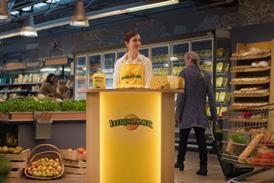
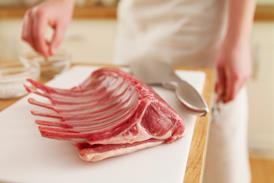



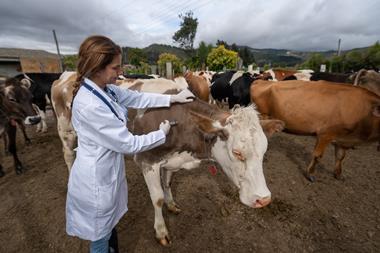

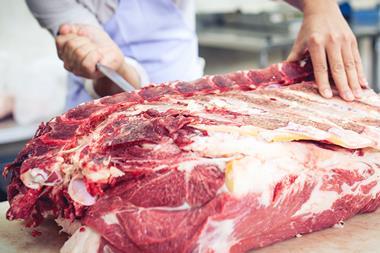

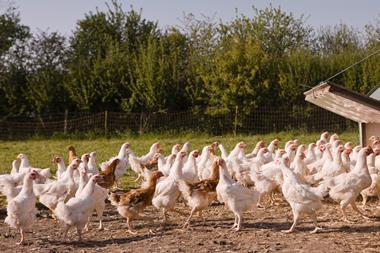
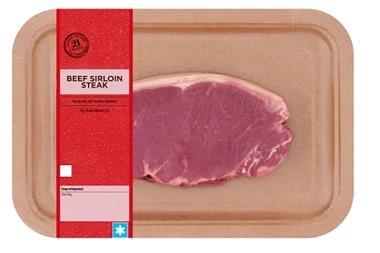






No comments yet